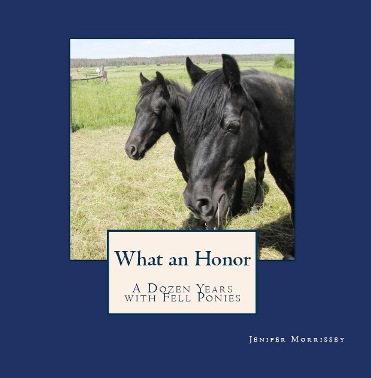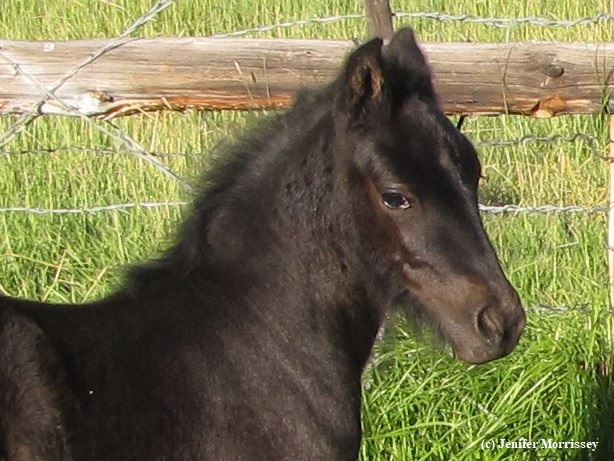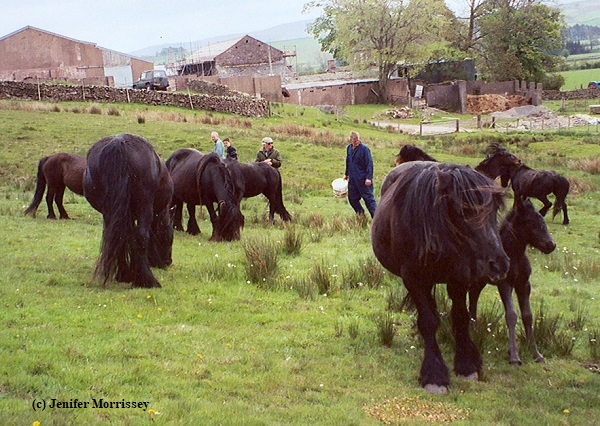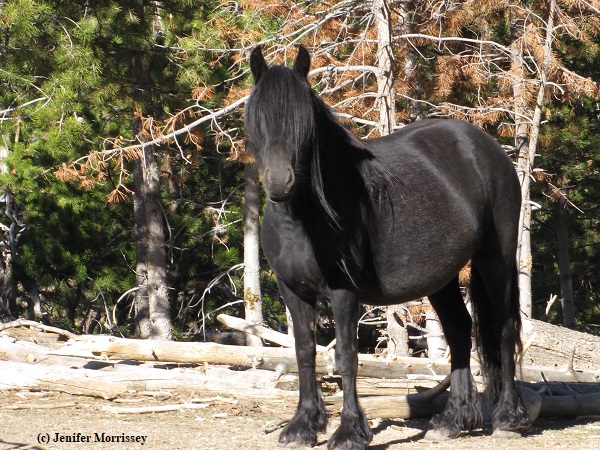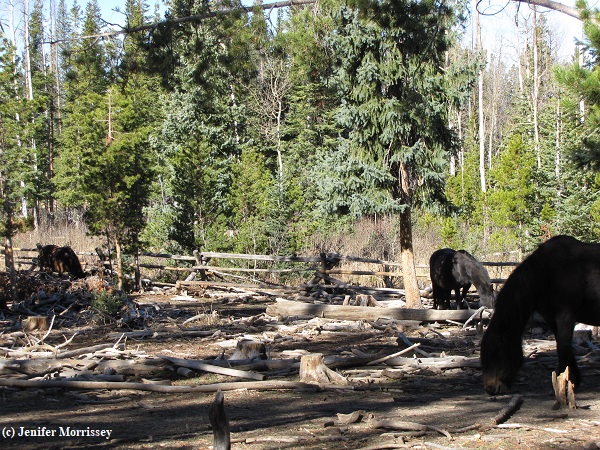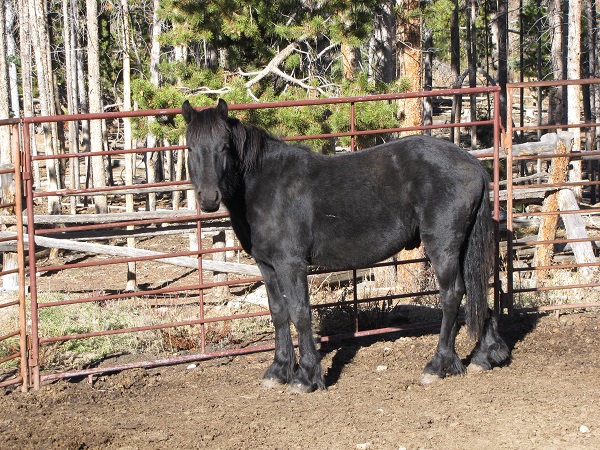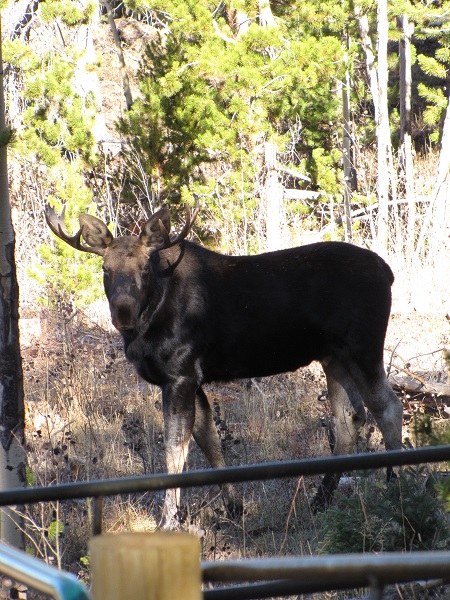Outwalked
/It was one of those mornings when my chore pony’s coat hadn’t yet seen enough sun to rid itself of the previous night’s snow. She still needed exercising, though, so we began our walk down the driveway side by side instead of me on top of her. It didn’t take long before she had outwalked me.
By outwalking me, I mean she had gotten ahead of me to the extent that the lead rope would allow. I keep the rope pretty loose, so she was in front of me by about three feet. I tried to speed up, but she’s a good walker, so eventually I turned her in a circle around me to bring her alongside me again. There’s a reason why we both prefer doing chores with me on top of her; I don’t slow her down that way!
When I got my first Fell Pony, my mentor had me hand-walk her somewhere, saying, “She’s a fast walker. You want to walk at her speed, not slow her down. You don’t want her to learn to walk slow. A fast walk is too valuable to lose.” My chore pony is that pony’s daughter. She obviously inherited her mother’s good walk.
Riding my chore pony of late I’ve really noticed her good walk. It’s an important characteristic of the Fell Pony breed, of course, since when the ponies were in the packhorse trade, they needed to move along at a good speed at the walk to make the distance they needed to make each day. It’s one of the ground-covering gaits the breed is known for.
A few years ago we took pack ponies over Burn Moor in the Lake District. Upon our return to our bed-and-breakfast, our host asked why we’d walked the ponies rather than ridden them. There were several reasons for our choice on that day, but it would have perhaps been more authentic to have ridden a pony and led a pony. It would take a special pair of human legs to keep pace with a string of Fell Ponies walking.
Back here at home, the day was mostly sunny, so by the time late-day chores came around, my chore pony’s coat was ice free. There was no question where I was going to be on our trip down the driveway this time, and I enjoyed marveling again at the speed of her walk from a mounted position. This winter we need the snow, so I can’t really complain about having been outwalked because of my pony’s icy coat in the morning. It just makes me more thankful for that good walk when I can experience it from on top!
© Jenifer Morrissey, 2018
Stories like this one abound in the book What an Honor: A Dozen Years with Fell Ponies, available internationally by clicking here or on the book cover.



